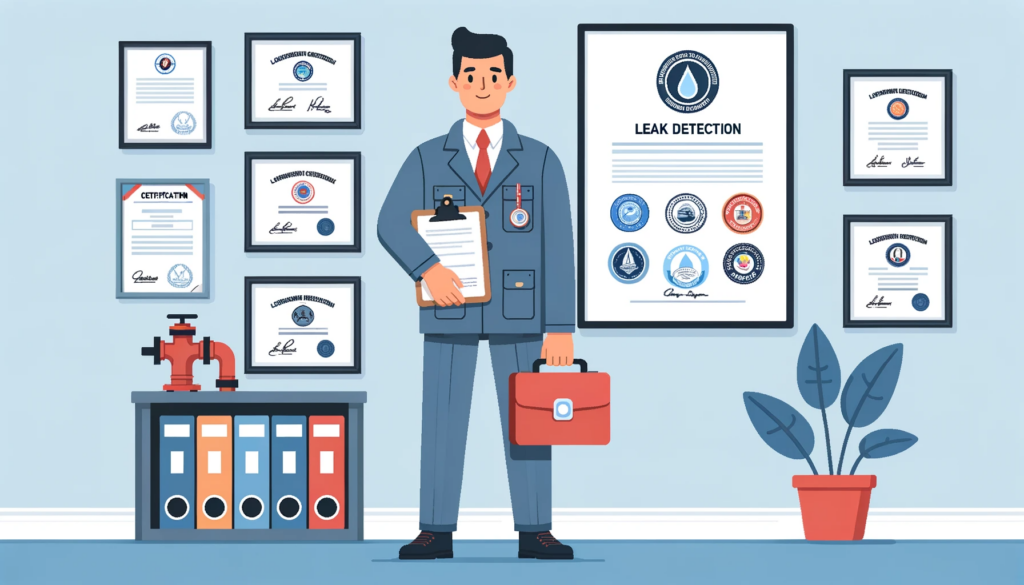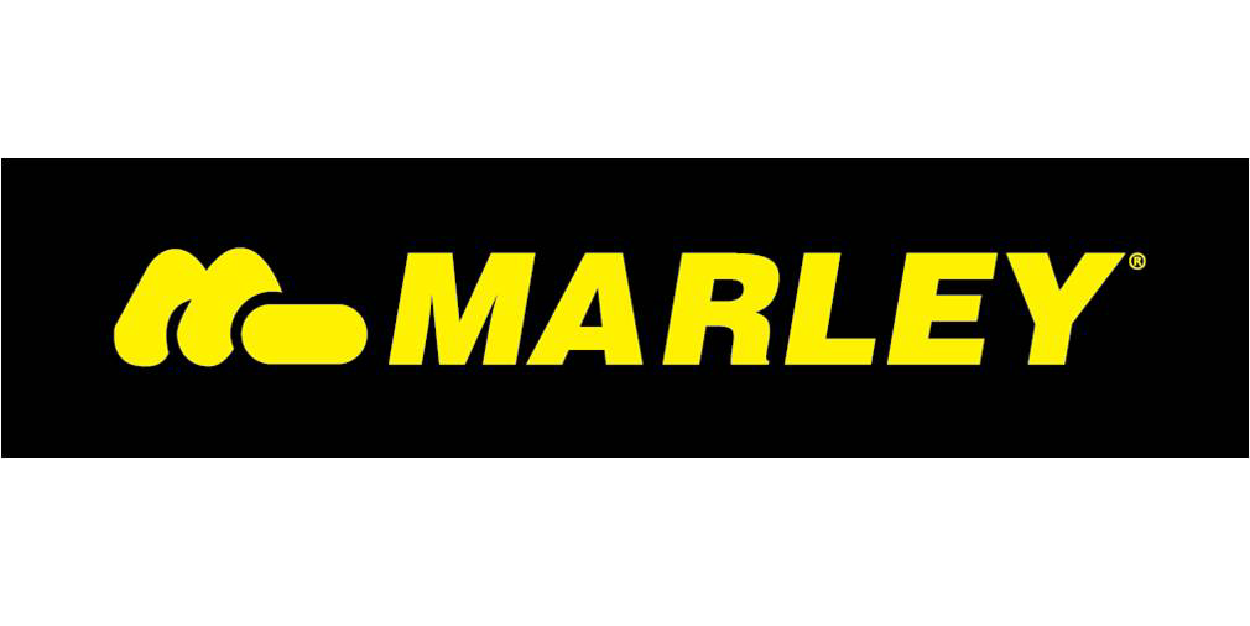
Call Today 09 973 4973 or
Electronic line locating is an essential technique used in the leak detection industry to locate and trace underground utility lines, such as water pipes, gas pipes, and electrical cables. By accurately mapping out these lines, professionals can quickly and efficiently pinpoint the source of a leak, minimizing damage to the surrounding environment and reducing the risk of costly repair work. In this article, we will discuss the basics of electronic line locating, the various methods used, and its importance in the field of leak detection.
How Electronic Line Locating Works
Electronic line locating works by transmitting a specific electrical signal through a conductive material, such as a metal pipe or cable. A receiver, often a handheld device, is then used to detect this signal on the surface, allowing the operator to trace the path of the utility line. The strength and depth of the signal can provide valuable information about the location, depth, and orientation of the line, making it easier to locate and address any leaks or other issues.
There are several methods and technologies used in electronic line locating, including:
Direct Connection
In the direct connection method, the transmitter is connected directly to the utility line, sending a signal through the conductive material. This method typically provides the strongest and most accurate signal, making it the preferred choice for many applications.
Inductive Clamp
An inductive clamp is used when direct connection is not possible, such as when there is no accessible point to connect the transmitter. The clamp is placed around the utility line, and the transmitter sends a signal through the clamp, which then induces a current in the line. While this method may not provide as strong or precise a signal as direct connection, it is still an effective option when direct connection is not feasible.
Inductive Antenna
In situations where neither direct connection nor an inductive clamp can be used, an inductive antenna may be employed. The antenna is placed on the ground above the suspected location of the utility line, and the transmitter sends a signal through the antenna, which then induces a current in the line. This method is typically less accurate than the other two methods and may require more time to locate the utility line accurately.
Benefits of Electronic Line Locating
Electronic line locating offers several advantages in the field of leak detection:
- Accuracy: By tracing the path of utility lines, electronic line locating can help professionals locate leaks more accurately, minimizing the need for extensive excavation or other invasive methods.
- Efficiency: Electronic line locating allows for quick and efficient identification of the location and depth of utility lines, reducing the time and effort required to address leaks.
- Safety: By accurately mapping out utility lines, electronic line locating helps to prevent accidental damage to other underground utilities during leak detection and repair work, reducing the risk of injury and costly repair work.
The Importance of Professional Electronic Line Locating
While electronic line locating is a powerful tool in leak detection, it requires expertise and proper equipment to be carried out effectively and safely. Professional leak detection specialists have the training, experience, and equipment necessary to perform electronic line locating accurately and efficiently. They understand the various factors that can influence the signal strength and depth and know how to interpret the results to locate and address leaks effectively.
In conclusion, electronic line locating is an essential technique in the leak detection industry. It provides a non-invasive and accurate method of locating underground utility lines, helping professionals pinpoint and address leaks more efficiently and safely. By understanding the basics of electronic line locating, you can appreciate its value in maintaining the integrity of your property’s plumbing, gas, and other utility systems.
Challenges in Electronic Line Locating
Despite its many advantages, electronic line locating is not without its challenges. Certain conditions and factors can interfere with the accuracy and effectiveness of the technique:
- Interference: Electrical interference from other underground utilities or even above-ground sources can distort the signal and lead to inaccuracies.
- Depth: The deeper the utility line, the weaker the signal that reaches the surface. This can make it more difficult to accurately locate and trace deeper lines.
- Material: Not all materials conduct electricity equally. While metal pipes and cables are typically easy to trace, non-conductive materials like plastic or concrete can be more challenging. In such cases, a tracer wire may be installed alongside the non-conductive line to allow for electronic line locating.
- Soil Conditions: Certain soil conditions, such as high moisture content or the presence of minerals, can affect the signal strength and accuracy.
Professionals skilled in electronic line locating are trained to understand and mitigate these challenges, employing various strategies and equipment to ensure the most accurate results possible.
Advanced Technologies in Electronic Line Locating
As technology advances, electronic line locating continues to evolve, with new tools and techniques being developed to enhance its accuracy and efficiency. Some of the latest advancements in the field include:
- GPS Integration: Some modern line locating equipment integrates GPS technology, allowing for precise mapping of utility lines. This not only aids in leak detection but also helps create accurate records for future reference.
- Multi-Frequency Systems: These systems can transmit and detect multiple frequencies, enhancing their ability to locate and trace utility lines in various conditions and depths.
- Software Analysis: Advanced software can analyze the signal data and provide more detailed and accurate information about the location, depth, and orientation of the utility line.
These advancements are helping to make electronic line locating an even more powerful tool in leak detection, offering greater accuracy, efficiency, and versatility.
Training and Certification for Electronic Line Locating
Given the complexities and potential risks associated with electronic line locating, proper training and certification are crucial. Professionals in the field must be well-versed in the principles of electricity and signal transmission, understand the various factors that can influence the accuracy of electronic line locating, and be proficient in the use of various equipment and techniques.
Many training programs and certifications are available in the field, focusing on both the theoretical knowledge and practical skills necessary for effective electronic line locating. These programs typically cover topics such as safety procedures, equipment operation, signal interpretation, problem-solving, and practical application.
In conclusion, electronic line locating is a complex yet essential technique in leak detection. It requires a combination of scientific knowledge, technical skills, and practical experience, all of which come together to help protect property, conserve resources, and ensure the safety of communities. As technology continues to advance, the field of electronic line locating promises to become even more effective and indispensable.
Suppliers




